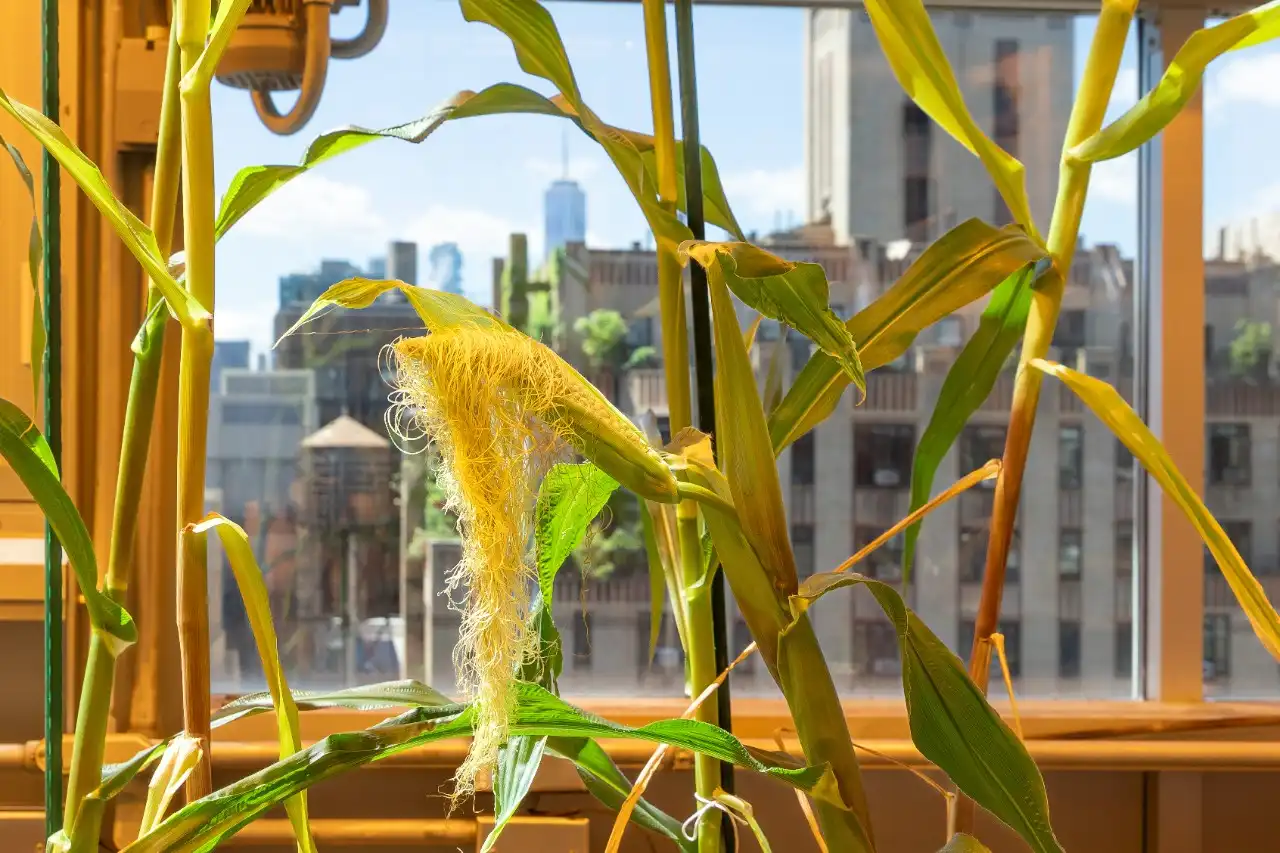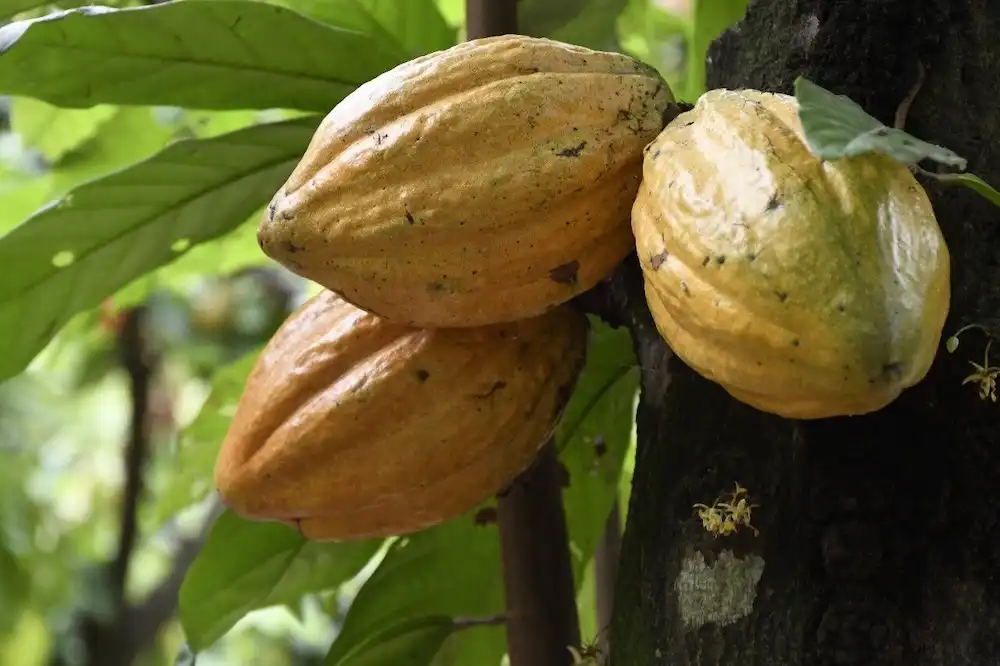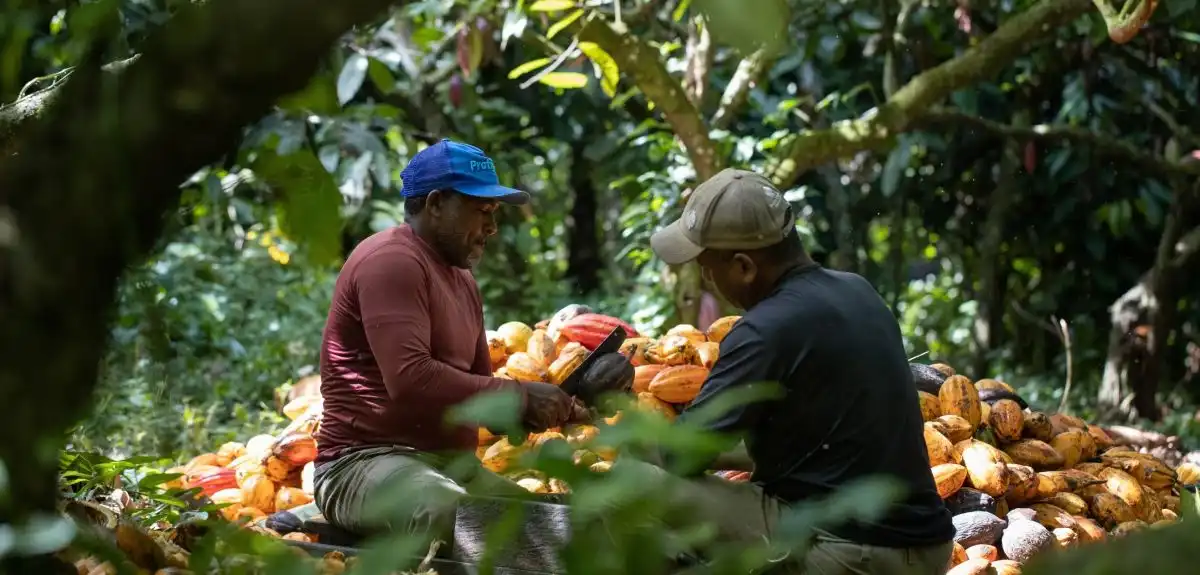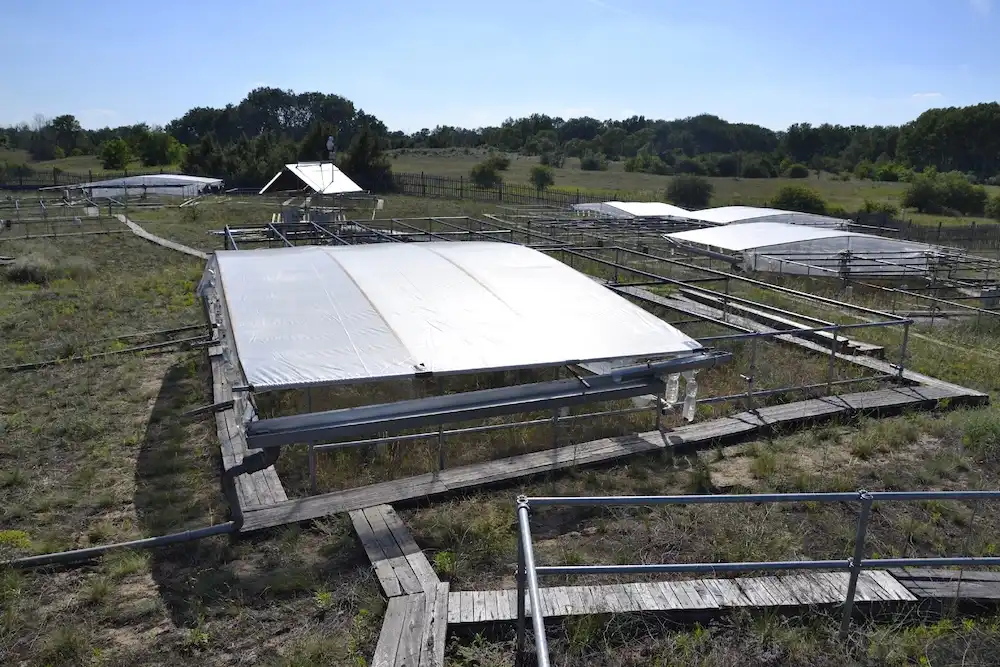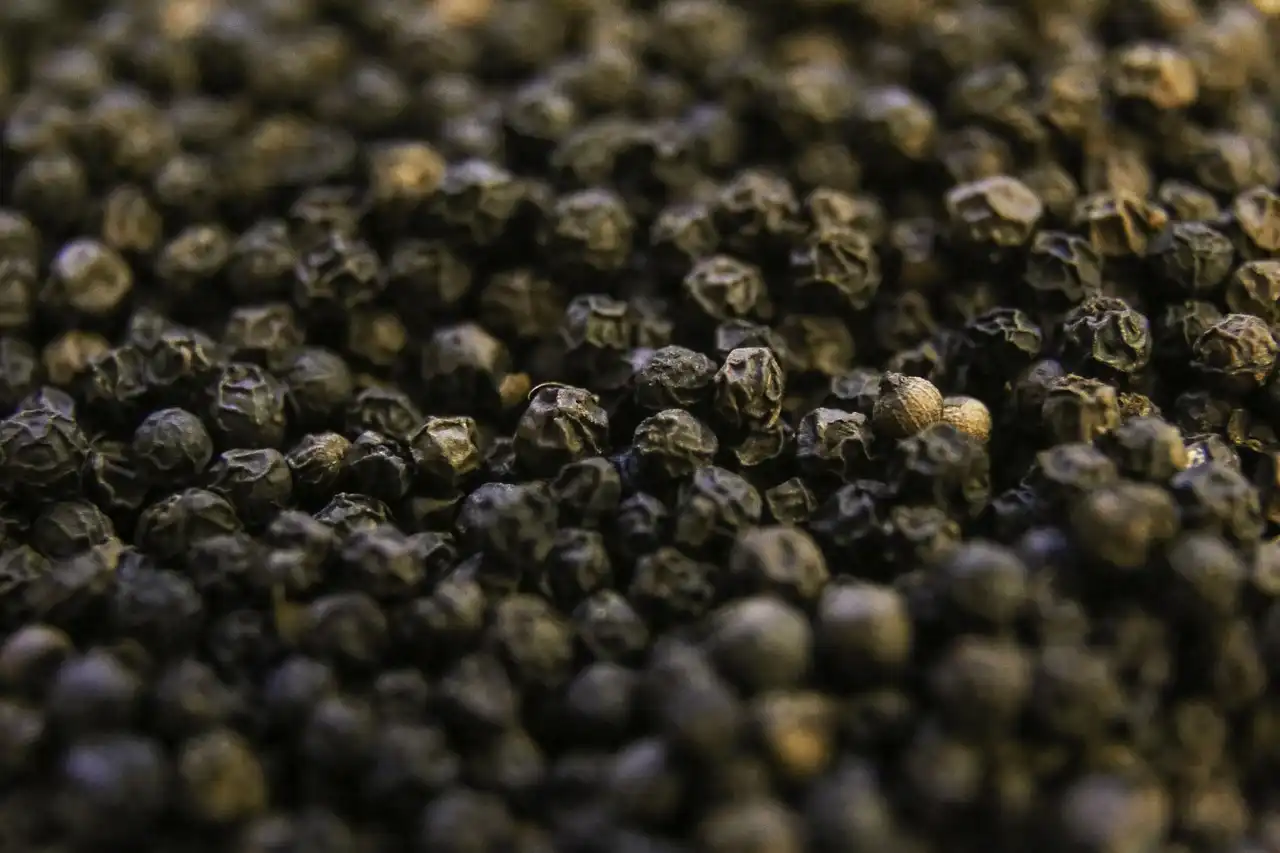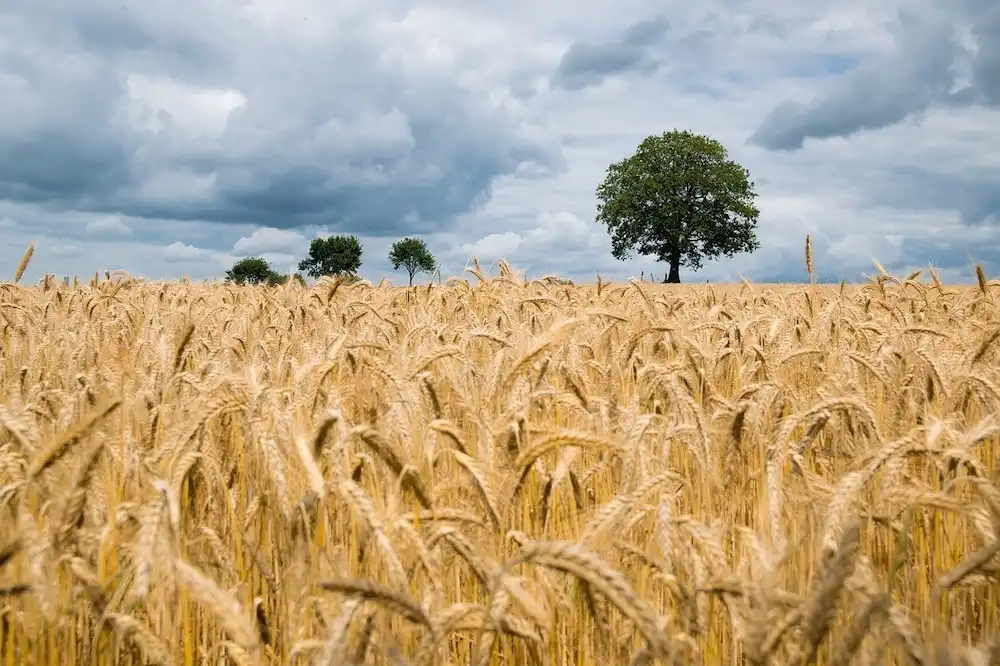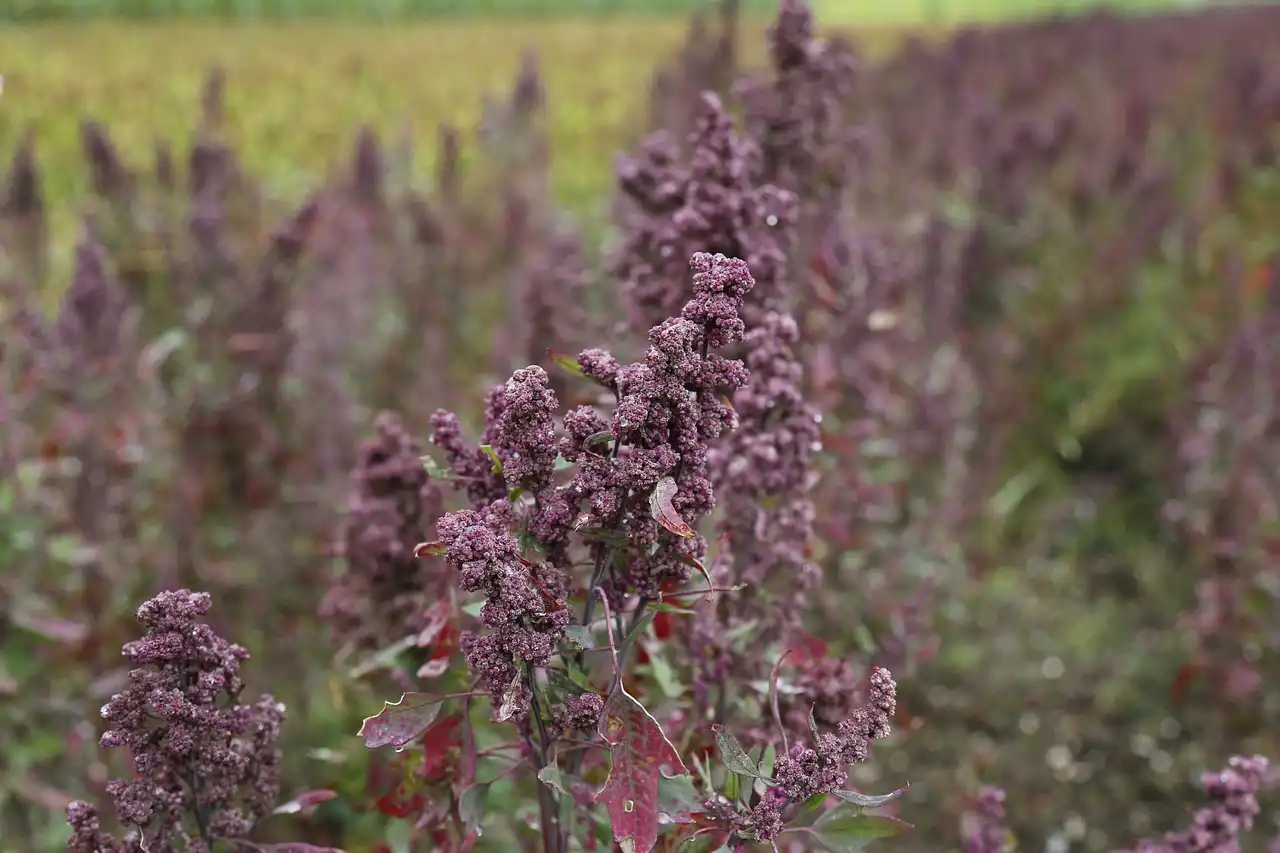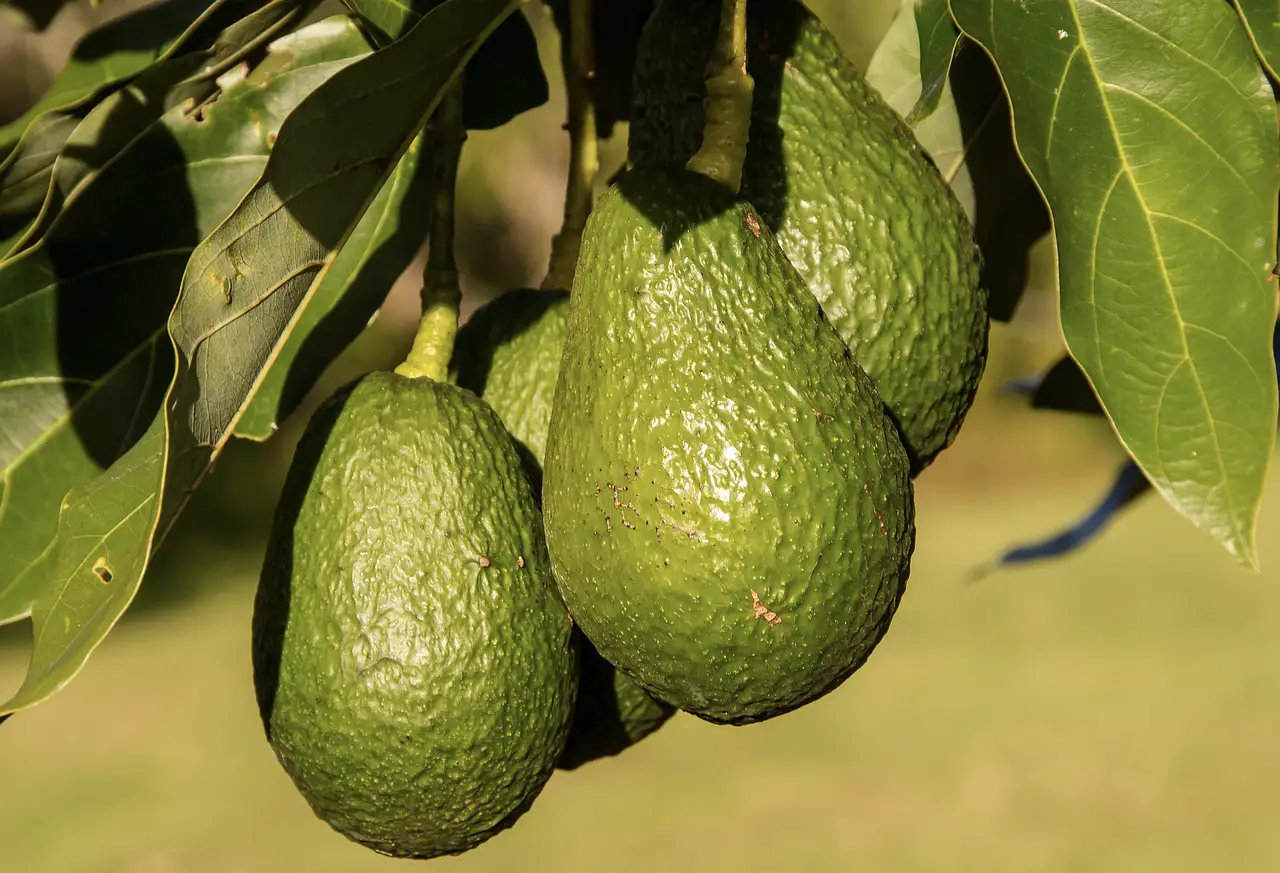
Preserving strips of native vegetation beside avocado orchards gives insects a buffet of wild pollen when blossoms are scarce, doubling their plant menu and boosting their resilience. Using cutting-edge eDNA metabarcoding, Curtin scientists revealed how this botanical diversity underpins pollination, a service vital to 75% of crops and our brunch-worthy avocados. Their findings urge farmers to weave natural habitat back into farmland to secure food supplies for a swelling global population.


